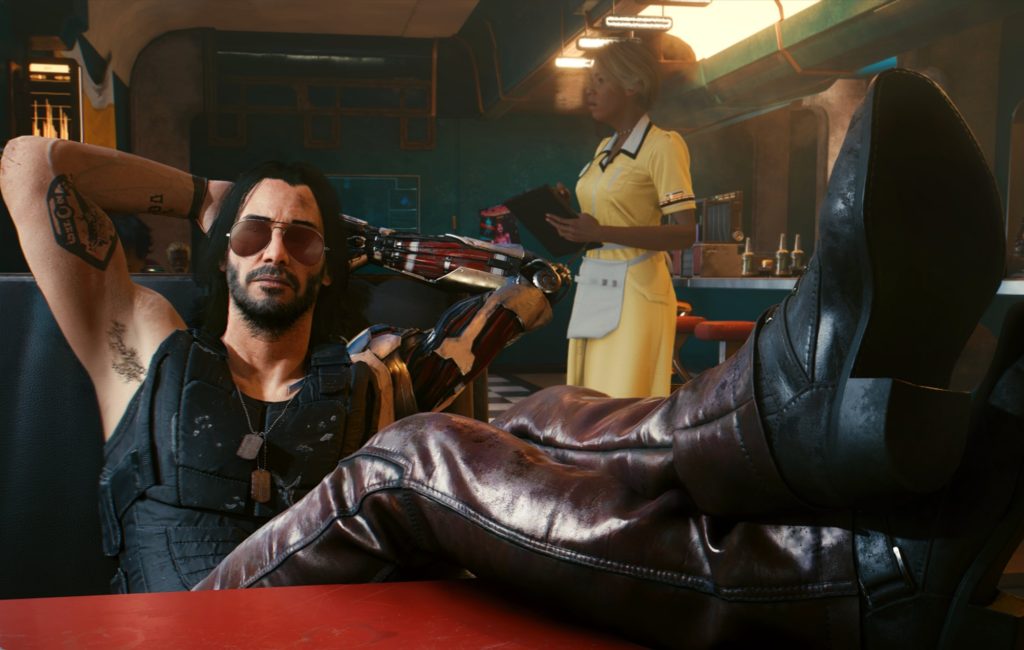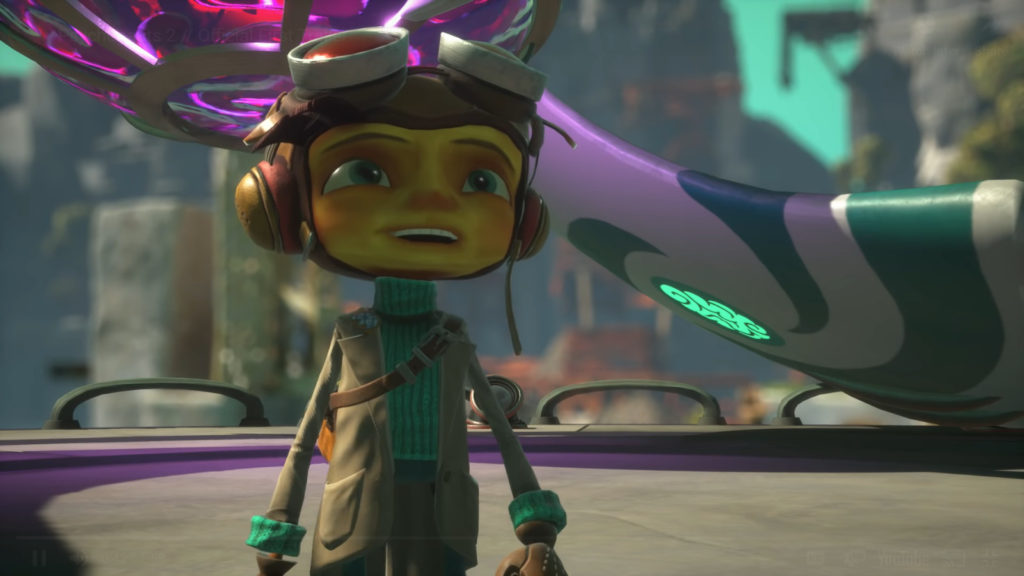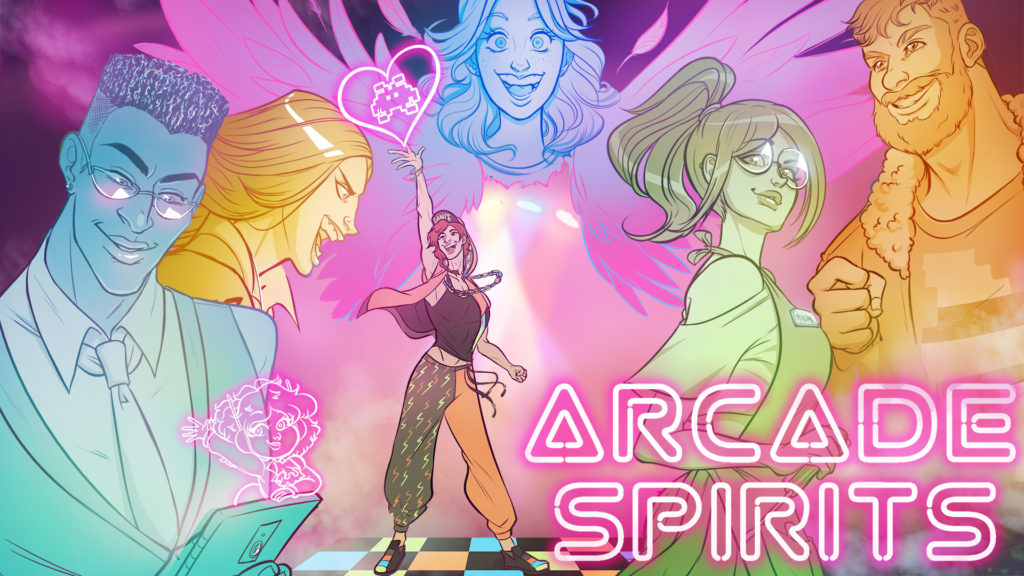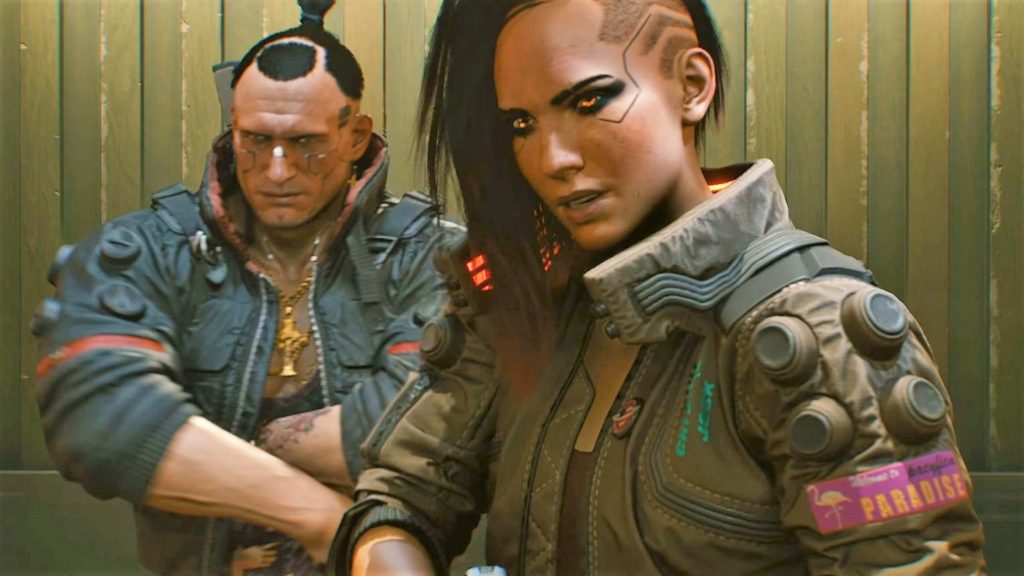I was planning to play Cyberpunk 2077. I’d even pre-ordered it on Steam. I was aware of the issues—both content and coding—and I wanted to play it myself and review it. The good, the bad, and the ugly. But after reading an early review, I discovered that might be difficult, if not dangerous for me.
Thing is, I have epilepsy, and I like video games.
A combination of sufficient warnings on games, accessibility options, and monitoring my gaming time means I’m generally all right. For anything I can’t play, I turn to gaming channels to enjoy them vicariously.
While Liana’s review offered tips to allow me to game safely, there was a lot surrounding the issue that turned me off. For one, the complete lack of warning beyond a hand-wavey “consult your doctor before you play games” buried in the EULA. For another, the fact that there are effects in the game modeled after apparatus designed to cause seizures for testing purposes. Which, even if it evolved accidentally and separately instead of being inspired directly by said apparatus, really needs a warning.

There is now a more helpful warning (the kind you’ll see in more recent Assassin’s Creed games), and new effects are currently being tested for safer options allowing more people to play. But surrounding all this is a degree of misunderstanding around epileptics and our ability to interact with entertainment that I haven’t seen since that whole Porygon thing. So I’m here to bust a few of the more popular myths I’ve seen surfacing and resurfacing about us and gaming.
“Video games are inherently dangerous to all epileptics because of screen flicker, so they shouldn’t play at all.”

The first thing to understand about epilepsy is that it is not a monolith. In fact, that keeps a lot of us from getting diagnosed. We all expect epilepsy to be grand mal seizures like on the medical shows, when that’s just one type. Similarly, seizure triggers and their intensity can vary from person to person.
It is true that, for some people (I cannot bold and italic this hard enough), the light and motion in video games is too much to interact with. You’re also not likely to find these people even trying to play video games, period. In my case, I know I can’t use VR headsets, I don’t do well with “motion sickness” level movement, and I have to limit my play time. Unless a game features especially flashy effects—the kind that would require a warning in a haunted house or a TV show—I’m fine.
The “screen flicker” thing can be true. But for some people (like me), it just means I need to limit my gaming time. I can tell when I’m about to hit my threshold and bow out, and my friends are understanding. But all video games do not carry an inherent barrier to entry for all people with epilepsy, and we should at least be given credit for knowing if that’s true for us. We’re the ones navigating the disability, after all. Seizures aren’t fun and can land you in hospital. We’re not going to go seeking them out.
“You should just take for granted that games will have intense effects. It’s your fault for playing.”

Not really. I think we’ve all played tons of games that don’t have intense periods of flashing light. More that don’t than that do, actually. And those that do, generally have a very prominent warning somewhere on the box saying, “Here is specifically what can happen.” After all, game devs want you to play the game, not get hurt by it.
“Taking for granted” that a game will just flash lights intensely at you periodically leaves out a wealth of games that just. Don’t. The Red Dead Redemption games are pretty tame on the effects front. I’m currently slamming my way through Borderlands 2 which, while it does have some flickery moments, doesn’t force you to stare at them constantly. It’s a style choice, not a necessity of the medium.
Interacting with any sort of media is a risk, because people might just not care to label seizure-triggering visuals. I learned this all too well from the Internet’s “screamer” phase. But, like getting in a car, it’s a calculated risk outweighed by its rewards. We assume that game manufacturers will, at the base level, obey the law when it comes to warnings on their titles—the same way we expect a car manufacturer to make a car that’s up to code. If the manufacturer lied and we got in an accident because our car broke down, we wouldn’t blame ourselves for daring to drive.
“Who cares? This affects less than 1% of the population.”

So somewhere around 50 million people worldwide have epilepsy (which is defined as having two or more unprovoked seizures). If you were to crunch the numbers for gamers, that less than 1% would admittedly probably get a lot smaller as you’re excluding a lot of older people, people with seizures so severe they can’t interact with games at all, and people who aren’t huge nerds.
So fine. Why put so much effort into accounting for such a small sliver of the gaming world’s audience. And the answer is: this stuff doesn’t just affect people with diagnosed epilepsy.
In your lifetime, you (yes, you) have an 8-10% chance of having a one-off seizure, and a 3% chance of having a second one. Brains are weird and full of electricity. Your chances are low, but not non-existent. If that doesn’t worry you, cool. It probably shouldn’t. But it does mean that decisions like these affect way more than a sliver of the gaming community. Add on top of that people with light-sensitive migraines and people who just don’t like flashing lights, and we’re talking about a pretty wide range of people who would benefit from more careful action on this front.
“Changing things to be seizure-safe will ruin our fun.”

No. Like. Literally no.
There seems to be this mentality floating around that accommodating epileptic gamers will mean games can no longer look cool. And that’s just big-time not true. Let’s talk about accessibility controls, a.k.a. magic switches in the menu that mean I can play without lights flashing in my face, but you’ll never know the difference.
Cyberpunk 2077—you know, the game we were talking about—already has a version of this. But instead of accounting for disabilities, it prevents demonetization. Flipping a little digital switch lets streamers switch to royalty-free music and (assuming it works) underwear on their nude forms. If you want your street kid’s boobs out while you jam to A$AP Rocky, you can still do that—your experience and the streamer’s don’t limit each other.
That’s how accessibility for epilepsy works. Take, for example, Arcade Spirits. There’s an option that lets you switch any flashing lights in the game to low speed, or off completely. It’s an extra step that games don’t have to take if they just offer sufficient warnings, but it sure is nice when they do. Then I can turn off my flashy lights, you can leave them on, everyone’s happy, and no one’s in the hospital.

CD Projekt Red has brought a lot of attention to themselves with Cyberpunk 2077, in a variety of ways. There are still issues that need to be looked into, both coding and ethical. The game (from what I’ve seen from streamers) looks absolutely bangin’. I have hopes that some changes will be made meaning I get to see it for myself, warts and all.
Most of all, I want my fellow gamers to understand that asking for consideration for a real medical issue is not a reflection on my opinion of the game’s story, its value as a piece of art or entertainment, or anyone else for playing it. It’s literally just a request to not be blindsided by things dangerous to us, so we can decide for ourselves whether or not to interact. And, if the devs are feeling really spicy, to offer us a workaround so we can join in. That’s it. Nothing more.
Epilepsy is big-time misunderstood, and I think it always will be. We’ve at least progressed past people thinking we’re possessed by demons, but there’s apparently a little more ways to go than I realized.


Comments are closed.